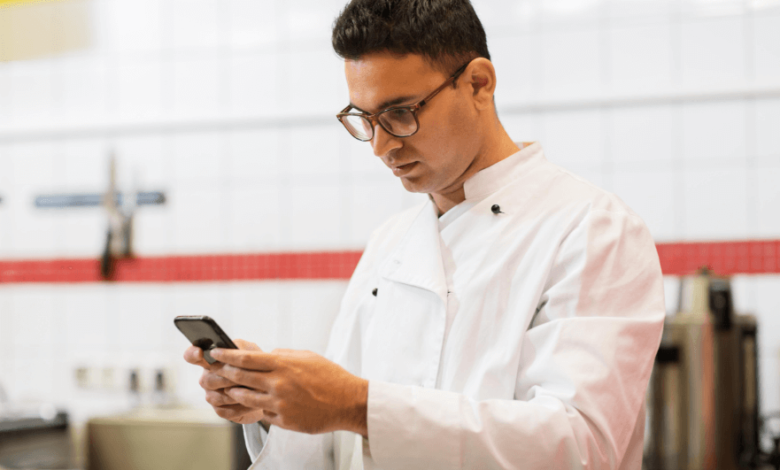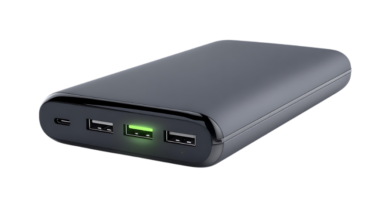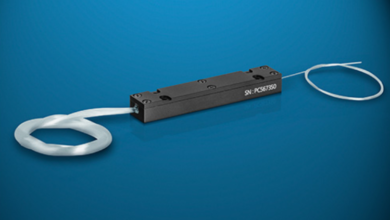Cloud Kitchen: The New Age Business Model Disrupting the Food Industry

In an age where convenience dominates consumer behavior, the cloud kitchen model is revolutionizing the way food businesses operate. Also known as ghost kitchens, virtual kitchens, or delivery-only restaurants, cloud kitchens are changing how people experience food without ever stepping into a physical dining space.
As the food and beverage industry evolves to meet rising demand for fast, reliable, and high-quality delivery services, cloud kitchens have emerged as a smart, efficient solution for both new entrepreneurs and established restaurant chains.
What Is a Cloud Kitchen?
A cloud kitchen is a professional food preparation facility that operates solely for online orders. It does not serve customers on-site and doesn’t need a storefront, waitstaff, or dining area. Instead, it functions behind the scenes, preparing meals ordered through delivery apps or the brand’s own website.
The goal? To streamline production, reduce overhead costs, and serve a wider audience through delivery platforms.
This model allows restaurants to focus on food production and fulfillment, cutting out many of the traditional expenses that come with operating a brick-and-mortar establishment.
Who Uses Cloud Kitchens?
Cloud kitchens serve a variety of operators:
- Startups: Entrepreneurs looking to launch food concepts without large upfront investments.
- Established Brands: Restaurants that want to expand into new delivery zones.
- Multi-brand Operators: Businesses running multiple virtual food brands from one kitchen.
- Caterers & Event Services: Using the space for large orders and private clients.
The model is especially attractive to business owners who want to experiment with different menus, cuisines, or customer segments without the financial burden of opening multiple restaurants.
See also: Physical Therapy Techniques That Boost Pain Management
Why Cloud Kitchens Are Gaining Momentum
The popularity of cloud kitchens can be traced to a few key market trends:
1. Shift Toward Online Ordering
Consumer preferences have moved heavily toward food delivery, fueled by lifestyle changes and digital convenience. Cloud kitchens capitalize on this demand.
2. Affordability
Traditional restaurant overheads—rent, décor, utilities, and staff—are minimized. This makes it easier for smaller businesses to thrive.
3. Location Flexibility
Operators can set up in non-prime areas (warehouses, industrial zones), cutting rental costs while still serving densely populated delivery zones.
4. Quick Launch Time
A cloud kitchen can be operational within weeks, allowing brands to enter the market faster and more cost-effectively.
Benefits of the Cloud Kitchen Model
Operating a cloud kitchen offers numerous advantages:
- Low Initial Investment: No need for seating, serving staff, or expensive interiors.
- Higher Efficiency: Centralized operations allow streamlined workflows.
- Brand Scalability: Run multiple food concepts from one kitchen under separate online identities.
- Data-Driven Operations: Real-time order data helps optimize menus, pricing, and marketing strategies.
Additionally, many providers offer fully managed facilities where everything from cleaning to logistics is handled—allowing operators to focus purely on cooking and growth.
Things to Consider Before Starting a Cloud Kitchen
While cloud kitchens offer opportunity, success depends on several critical factors:
- Strong Digital Presence: Since there’s no physical storefront, online visibility is key. This includes SEO, app listings, social media, and reviews.
- Reliable Delivery: Partnering with efficient delivery platforms is crucial for maintaining food quality and customer satisfaction.
- Smart Packaging: Meals must arrive intact and warm, so packaging design matters just as much as the recipe.
- Menu Planning: Some dishes don’t travel well. Focus on items that maintain taste and presentation during transit.
The Future of Food: Cloud Kitchens Leading the Way
The rise of cloud kitchens signals a significant transformation in how food is prepared, marketed, and consumed. With AI-driven ordering systems, smart kitchen appliances, and integration with delivery data, the model is only getting smarter.
Looking ahead, we can expect:
- Hyper-local kitchens for faster delivery
- Virtual food courts with multiple brands
- Sustainability improvements like compostable packaging and energy-efficient kitchens
- Kitchen automation that reduces labor costs and boosts consistency
Conclusion
The cloud kitchen model represents the future of food entrepreneurship. It removes the traditional barriers to entry and makes launching a food business more accessible, flexible, and scalable. Whether you’re a first-time entrepreneur or an established restaurant aiming to grow your delivery footprint, cloud kitchens provide a modern platform to meet the evolving needs of today’s digital consumers.
For food entrepreneurs ready to adapt, the cloud kitchen isn’t just an option—it’s the opportunity of a lifetime.






